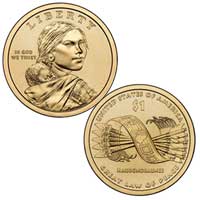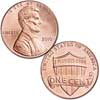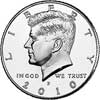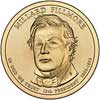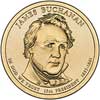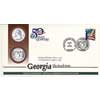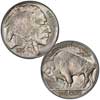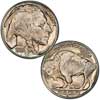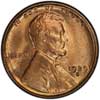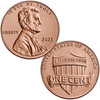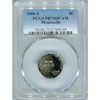(Noted in P.L. 110-82 as "Iroquois Confederacy")
The Haudenosaunee Confederation, also known as the Iroquois Confederacy of upstate New York, was remarkable for being founded by 2 historic figures, the Peacemaker and his Onondaga spokesman, Hiawatha, who spent years preaching the need for a league. The Peacemaker sealed the treaty by symbolically burying weapons at the foot of a Great White Pine, or Great Tree of Peace, whose 5-needle clusters stood for the original 5 nations: Mohawk, Oneida, Onondaga, Cayuga and Seneca.
The Hiawatha Belt is a visual record of the creation of the Haudenosaunee dating back to the early 1400s, with 5 symbols representing the 5 original Nations. The Haudenosaunee symbol, the Great White Pine, is the central figure on the belt, also representing the Onondaga Nation. The four square symbols on the belt represent the Mohawk, Oneida, Cayuga and Seneca nations. The bundle of 5 arrows symbolizes strength in unity for the Iroquois Confederacy.
Northern European settlers from France, England and the Netherlands interacted with the Haudenosaunee as a separate diplomatic power. The success of the confederation showed the colonists that the Greek confederacies they had read about in the histories of Polybius were a viable political alternative to monarchy. The symbolism of the Great Tree of Peace and eagle sitting on its top were adopted as national icons during the American Revolution.
Mintage:
| Philadelphia | Denver | San Francisco |
| 32,060,000 | 48,720,000 | 1,689,216 |
| Philadelphia (Satin) SMS | Denver (Satin) SMS |
| 583,897 | 583,897 |

